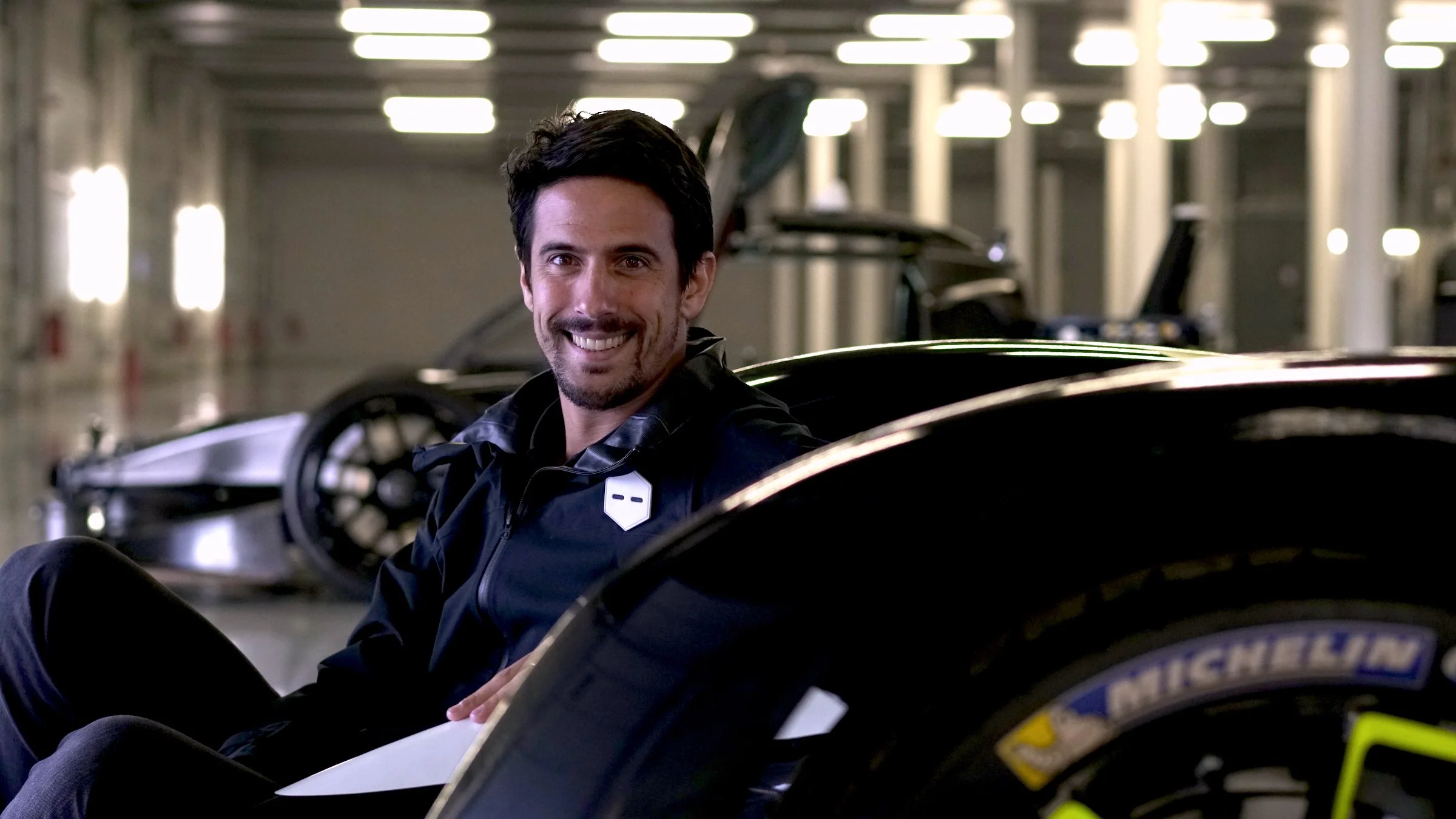
THE HUMAN MACHINE
project info
At the peak of autonomous driving hype, The Human Machine asked a harder question: what if driving isn’t trivial, but a distilled act of Bayesian intelligence—fusing lived priors, predictive inference, and embodied anticipation?
Conceived and led by Alex Verner, the project brought together Audi Sport, Roborace, Imperial College London, and F1 driver Lucas di Grassi to test that idea. At the Top Gear track, Prof. Aldo Faisal’s team captured a world-first dataset—EEG, eye tracking, and full-body telemetry from an elite driver under race conditions.
The findings, later published in Scientific Reports, revealed predictive gaze patterns and causal links between brain rhythms and hand movements—evidence that expert driving is not reflexive but neurocomputationally rich.
The Human Machine reframed what it means to automate a task—and reminded the industry what human intelligence really looks like.
“This insight changes how we understand expertise itself. Elite driving isn’t reactive — it’s the brain running live predictions, shaped by a lifetime of encoded experience.”
— LUCAS DI GRASSI
Due to distribution terms, the full film is not currently online.








